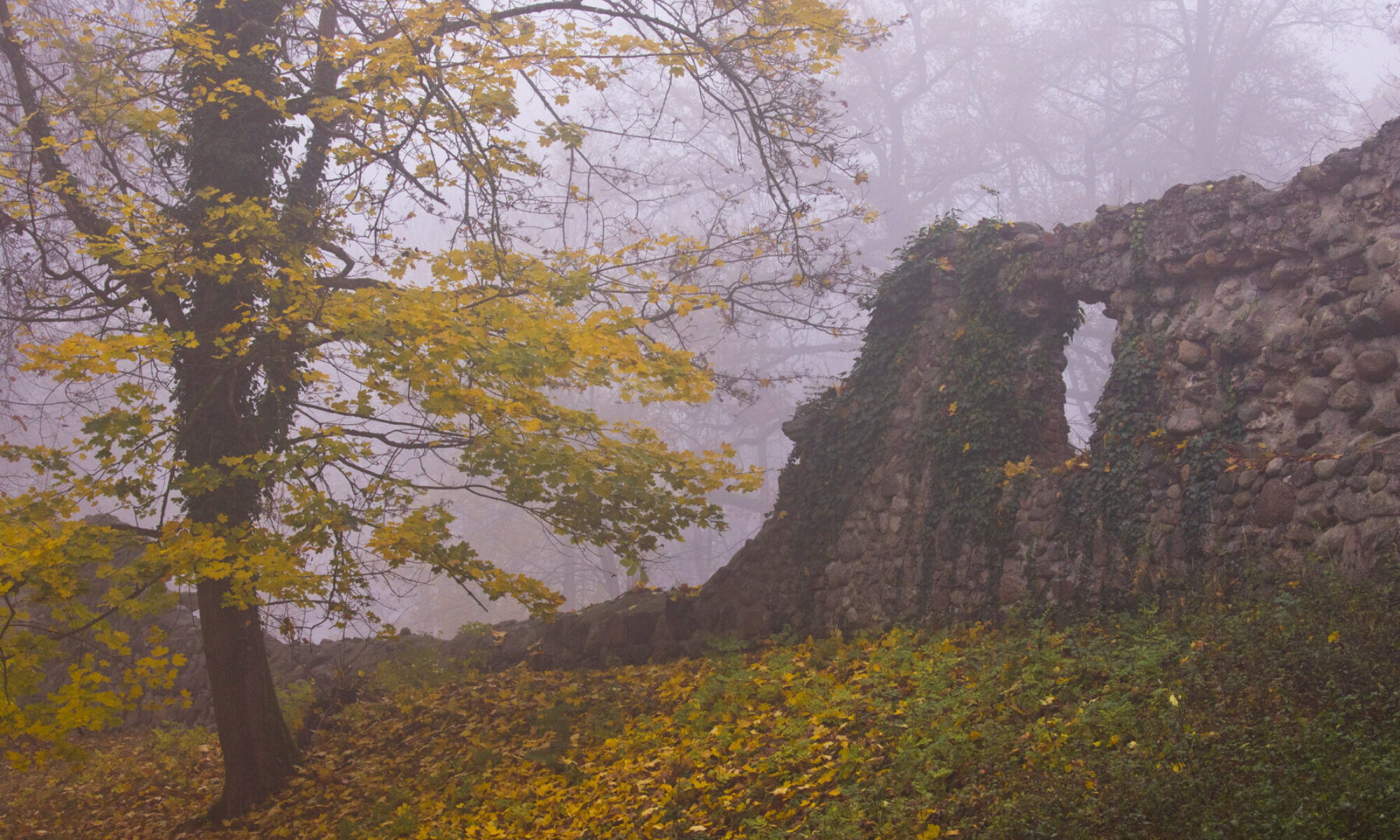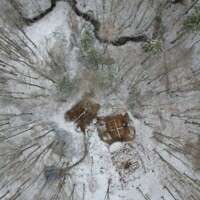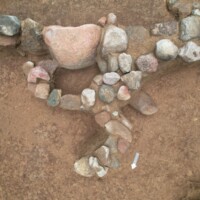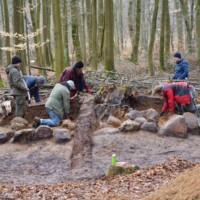Person conducting excavation: dr Sławomir Wadyl
Country: Poland
Site name: Nowy Chorów, pow. Słupski, woj. pomorskie
Type of the site: barrow cemetery
Involved institutions: Faculty of Archaeology, University of Warsaw
Description of the research: The cemetery in Nowy Chorów is located on a small elevation, along the edge of the valley cut by watercourses. Excavations in the necropolis were initiated in 2022. They were preceded by geophysical research, which was carried out using magnetic and electrical resistance methods. In the first two seasons of research, three barrows were examined and protection works were carried out on one barrow, where there is a large robbery pit. The research allowed us to initially determine the chronology for the 11th-12th century.
In fact, most of the burial mounds at the site have a quadrangular shape. Objects of this type are called the Orzeszkowo type. The term comes from the cemetery in Orzeszków in the district of Łobez, examined in 1921-1924. In their classic form, they are found only in Pomerania. Barrows of the Orzeszkowo type are basically four-sided, usually square embankments “closed” with a stone surround. Inside the mound, there are various stone constructions in the form of burial chambers or stone pavements. They are usually the burial place of several people. They are characterized by bi-ritualism – apart from the prevailing inhumation, cremation was also used. The “equipment” of the dead is usually very modest. Although the Orzeszkowo-type graves belong to the more intriguing category of funerary objects, they have not been studied in recent decades. There are 16 mounds at the site. They form two clusters – the larger (Western) consisting of 10 and the smaller (Eastern) with six barrows.
Each of the examined burial mounds is a different funeral story. The goal is to explore a few more embankments. And due to the fact that the last studies of objects of this type took place in the years 1966–1968 – then excavations were carried out in Żydów in the Koszalin district – the research has great scientific and cognitive potential.





